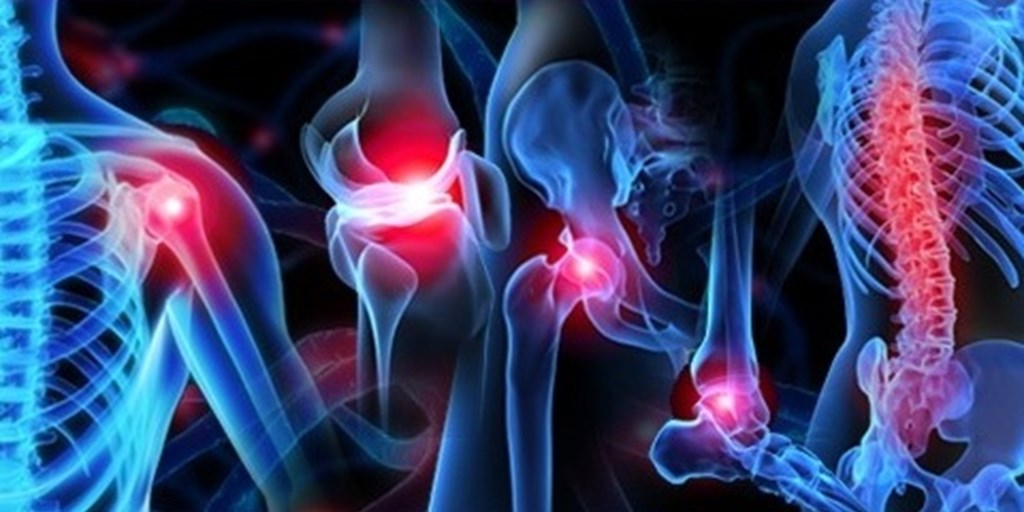
Comprehending Typical Orthopedic Injuries: Causes, Symptoms, and Treatment Options
Our bodies are complex machines, and the musculoskeletal system, in particular, plays a vital role in keeping us mobile and functioning. This intricate network of bones, muscles, ligaments, tendons, and cartilage allows us to move, bear weight, and maintain posture. However, like any machine, the musculoskeletal system is susceptible to injuries. These injuries, often referred to as orthopedic injuries, can significantly impact our daily lives and cause pain, discomfort, and limited mobility.
This article delves into the world of typical orthopedic injuries, exploring their causes, symptoms, and treatment options. By understanding these common issues, we can be better equipped to prevent them, recognize their signs, and seek appropriate medical attention when necessary.
The Musculoskeletal System: A Foundation for Movement
Before diving into specific injuries, let’s establish a basic understanding of the musculoskeletal system. This system is comprised of several key components:
- Bones: The rigid framework of our body, providing structure, support, and protection to organs.
- Muscles: The engine of movement, responsible for contraction and relaxation, allowing for locomotion and manipulation.
- Ligaments: Tough, fibrous bands connecting bones at joints, providing stability and limiting excessive movement.
- Tendons: Similar to ligaments, but connect muscles to bones, transmitting the force generated by muscle contractions.
- Cartilage: A smooth, elastic tissue cushioning the ends of bones at joints, enabling frictionless movement.
The harmonious interaction of these components allows us to perform a wide range of activities, from walking and running to lifting objects and maintaining balance.
Common Orthopedic Injuries: Understanding the Threats
Orthopedic injuries can arise from various factors, including:
- Trauma: Sudden impacts, falls, accidents, or sports injuries can cause fractures, dislocations, and soft tissue injuries.
- Overuse: Repetitive motions without proper rest can lead to overuse injuries like tendinitis and bursitis.
- Improper biomechanics: Poor posture, lifting techniques, or gait abnormalities can contribute to stress on specific structures, increasing the risk of injury.
- Age-related degeneration: As we age, our bones weaken (osteoporosis), cartilage breaks down (arthritis), and tissues become less resilient, making us more susceptible to injuries.
Here’s a breakdown of some of the most frequent orthopedic injuries:
-
Fractures (Broken Bones): A complete or partial break in a bone, often caused by trauma or falls. Symptoms include immediate pain, swelling, deformity, and difficulty moving the affected area. Treatment depends on the severity and location of the fracture, ranging from casting and splinting to surgery.
-
Sprains: Overstretching or tearing of ligaments, typically around joints like the ankle, knee, and wrist. Sprains present with pain, swelling, bruising, and limited range of motion. Treatment usually involves rest, ice, compression (RICE method), and physical therapy.
-
Strains: Overstretching or tearing of muscle or tendon fibers. Similar to sprains, strains cause pain, swelling, and difficulty using the affected muscle. Treatment follows the RICE protocol alongside physical therapy to regain strength and flexibility.
-
Dislocations: When a bone is forced out of its normal joint position. Dislocations are often accompanied by severe pain, deformity, and loss of function. Prompt medical attention is crucial to ensure proper realignment of the joint and prevent complications.
-
Tendonitis: Inflammation of a tendon, often caused by overuse. Common areas affected include the shoulder (rotator cuff tendinitis), elbow (tennis elbow), and knee (patellar tendinitis). Symptoms include pain, tenderness, and difficulty with specific movements. Treatment involves rest, ice, anti-inflammatory medication, and physical therapy to strengthen the surrounding muscles and improve flexibility.
-
Bursitis: Inflammation of a bursa, a fluid-filled sac cushioning bones, tendons, and muscles near joints. Bursitis often occurs in the shoulder, elbow, hip, and knee. Symptoms include pain, swelling, and tenderness, especially with movement. Treatment options include rest, ice, medication, and physical therapy.
-
Arthritis: A degenerative condition characterized by inflammation and breakdown of cartilage in the joints. The most common types are osteoarthritis (wear-and-tear) and rheumatoid arthritis (an autoimmune disease). Symptoms include pain, stiffness, swelling, and reduced range of motion. Treatment focuses on managing pain, maintaining joint function, and improving mobility through physical therapy, medication, and in some cases, joint replacement surgery.
Recognizing the Signs: When to Seek Medical Attention
Early diagnosis and treatment of orthopedic injuries are crucial for optimal healing and preventing long-term complications. Here are some signs that may indicate the need for medical attention:
- Severe pain: Persistent pain that interferes with daily activities or worsens with movement.
- Swelling or bruising: Significant swelling or bruising around the injured area,


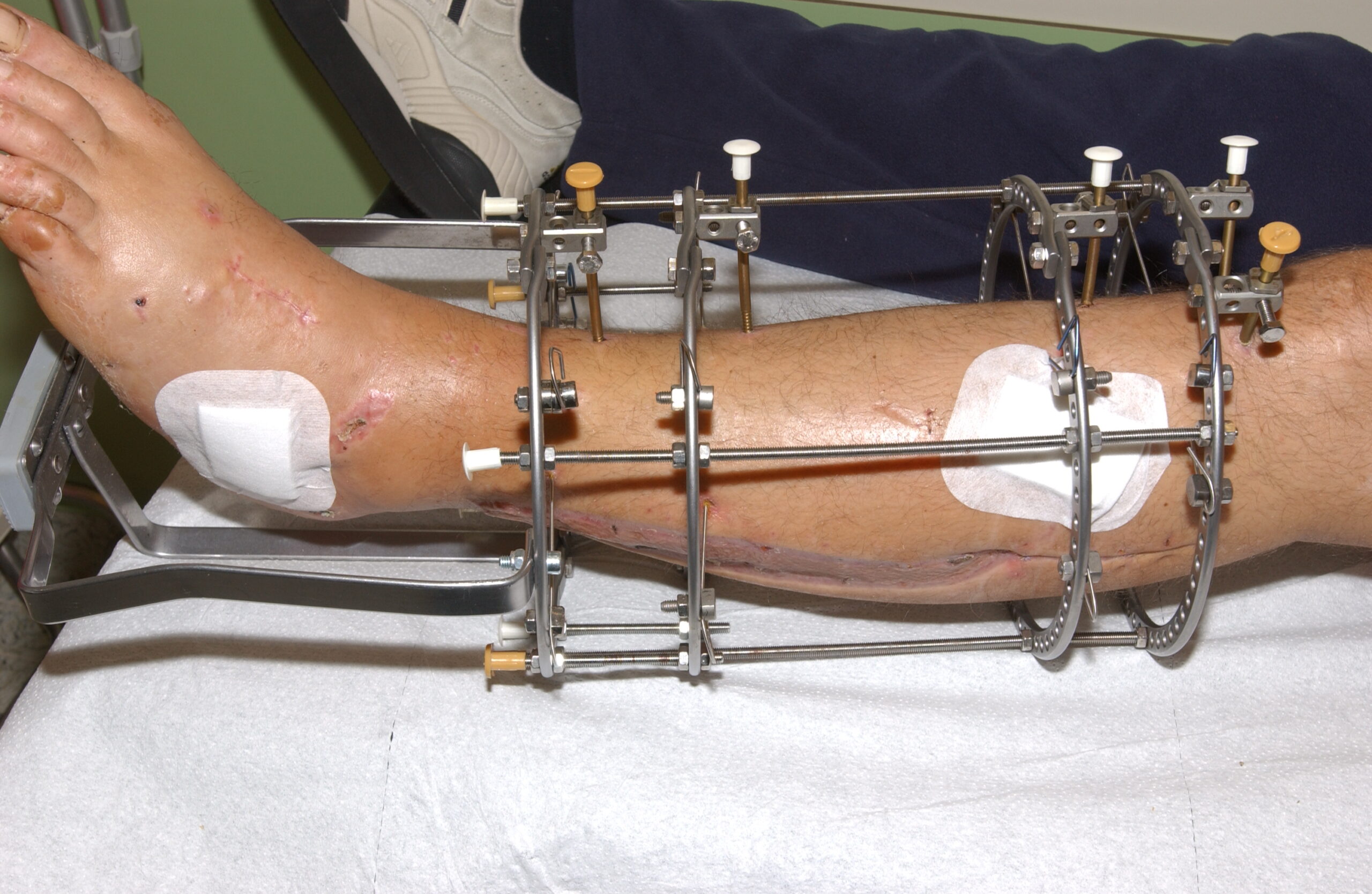
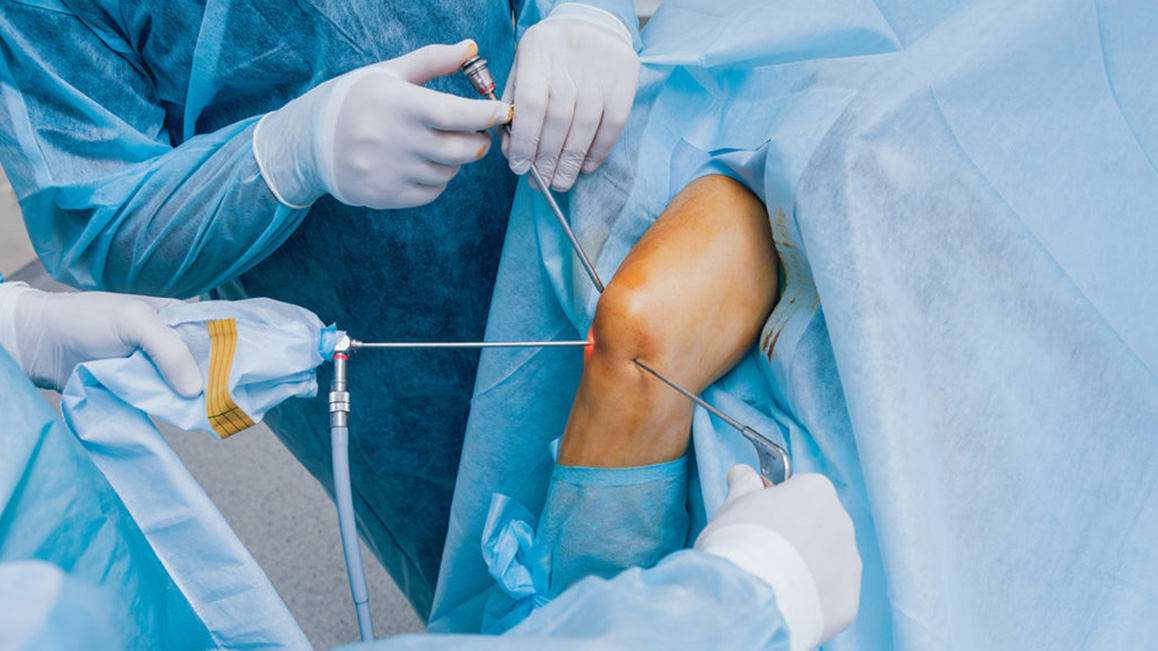
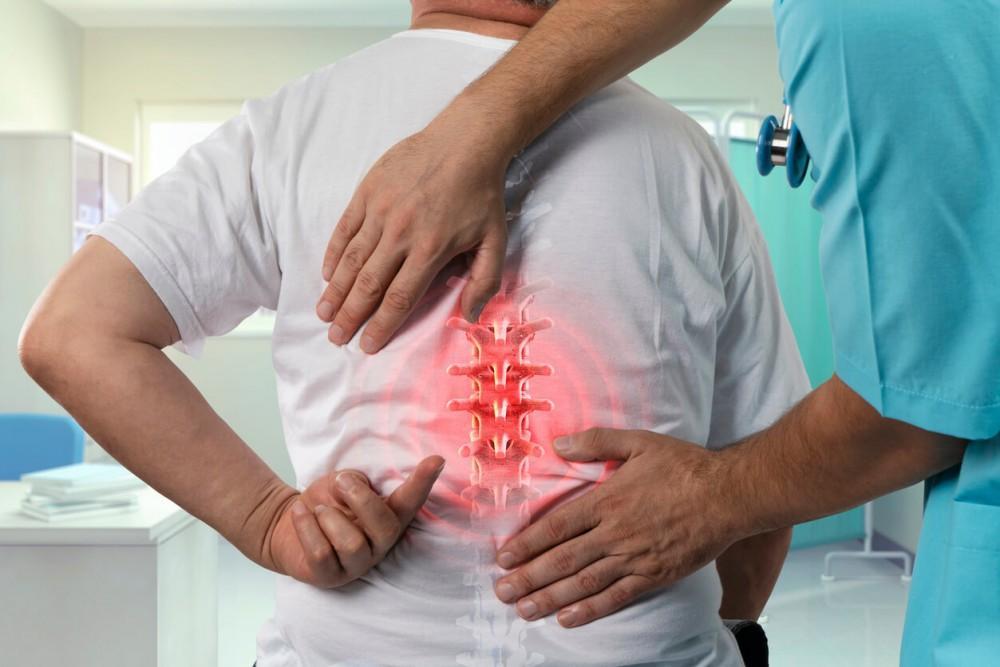
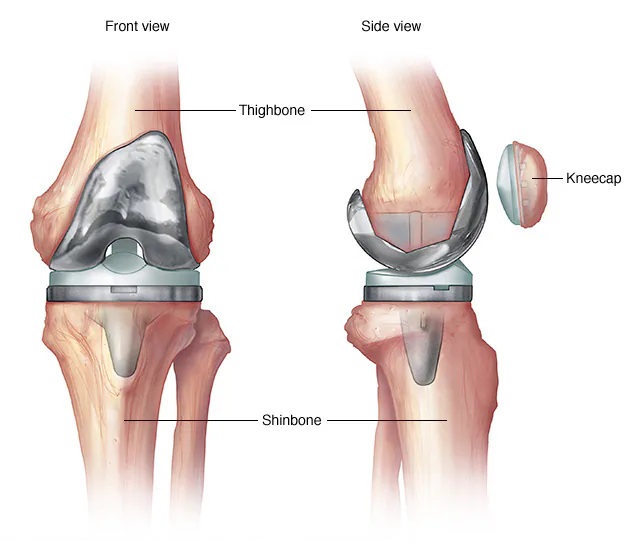
Leave a Reply